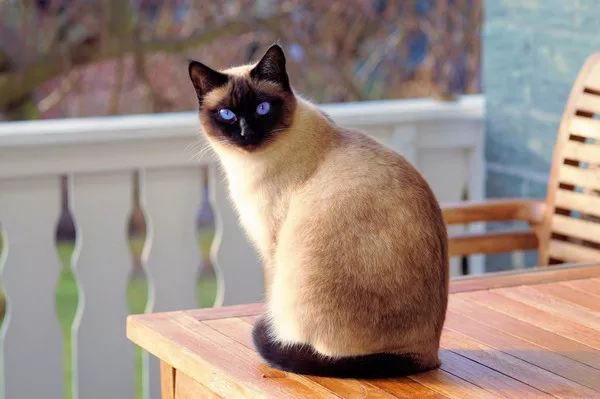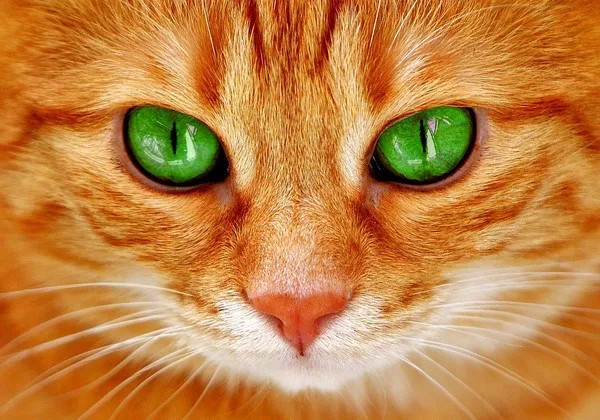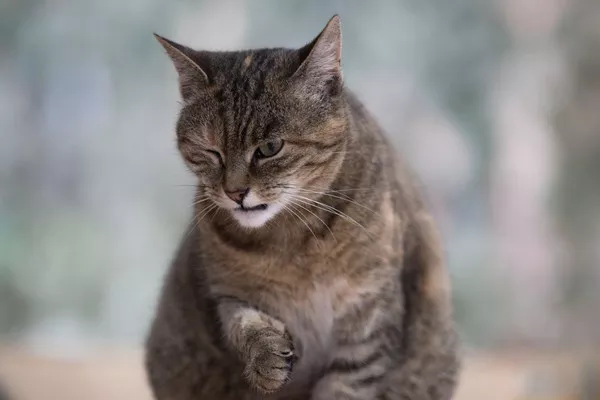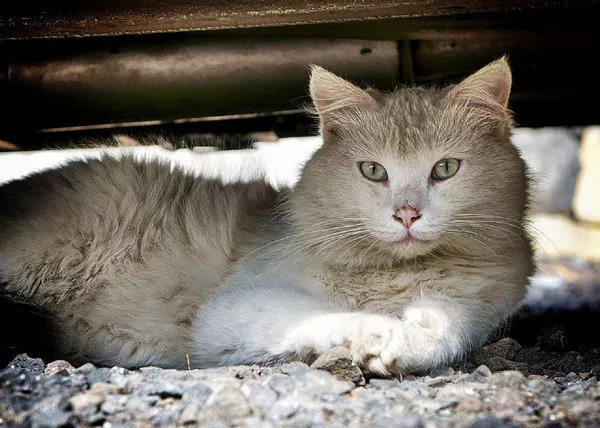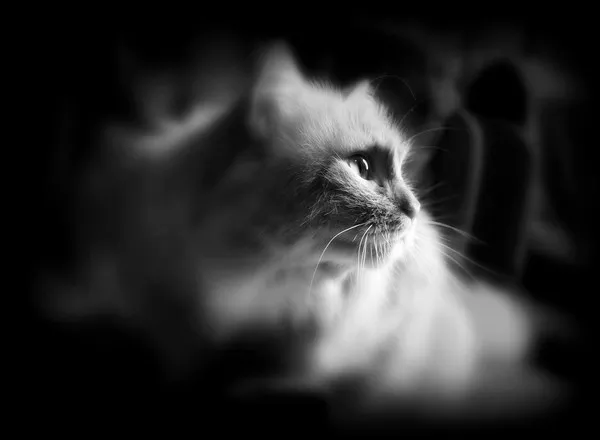Burmese cats, known for their sleek coats, striking eyes, and affectionate personalities, have a rich history rooted in the temples of Burma (now Myanmar). These intelligent and curious felines are descendants of revered temple cats, and their dietary habits in the wild reflect their natural instincts and preferences. In this article, we delve into the dietary habits of Burmese cats in the wild and provide feeding tips for their domestic counterparts.
The Natural Diet of Burmese Cats in the Wild
In their native habitat, Burmese cats are skilled hunters and opportunistic feeders, relying primarily on a diet of small mammals, birds, insects, and reptiles. Their agile bodies and keen senses make them efficient hunters, allowing them to stalk, pounce, and capture prey with precision and speed.
The natural diet of Burmese cats in the wild typically consists of:
Small Mammals: Burmese cats are adept hunters of small mammals such as mice, rats, voles, and squirrels. These prey animals provide a rich source of protein, essential nutrients, and energy for Burmese cats in their natural habitat.
Birds: Birds are another common prey item for Burmese cats in the wild. They may hunt smaller bird species such as sparrows, finches, and robins, using their agility and stealth to catch their airborne prey.
Insects: Insects and arthropods such as grasshoppers, crickets, and spiders are readily available prey for Burmese cats in their natural environment. These small creatures offer a source of protein and are often a supplemental food source for wild Burmese cats.
Reptiles and Amphibians: Burmese cats may also prey upon reptiles and amphibians such as lizards, frogs, and geckos. These creatures provide additional variety and nutrients in the diet of wild Burmese cats.
Feeding Tips for Domestic Burmese Cats
While domestic Burmese cats may not have the opportunity to hunt for their food in the wild, it’s essential to provide them with a balanced and nutritious diet that meets their dietary needs and mimics their natural instincts. Here are some feeding tips for domestic Burmese cats:
High-Quality Cat Food:
Choose a high-quality cat food that is specifically formulated to meet the nutritional needs of cats. Look for a balanced diet that includes protein from animal sources, essential vitamins and minerals, and limited fillers or artificial additives.
Protein-Rich Diet:
Given their natural carnivorous diet, Burmese cats benefit from a protein-rich diet that mirrors their wild ancestors’ feeding habits. Look for cat food formulas that list meat or fish as the primary ingredients, such as chicken, turkey, salmon, or beef.
Limited Carbohydrates:
While carbohydrates can provide energy, Burmese cats have limited dietary requirements for carbohydrates compared to protein. Choose cat food formulas that contain limited carbohydrates and avoid excessive filler ingredients such as corn, wheat, or soy.
Wet vs. Dry Food:
Consider offering a combination of wet and dry cat food to provide variety and hydration in your Burmese cat’s diet. Wet cat food can help maintain hydration levels and may be more palatable for picky eaters, while dry cat food offers convenience and dental benefits.
Portion Control:
Monitor your Burmese cat’s portion sizes to prevent overfeeding and maintain a healthy weight. Follow the feeding guidelines provided on the cat food packaging, and adjust portion sizes based on your cat’s age, weight, activity level, and individual dietary needs.
Fresh Water:
Ensure your Burmese cat has access to fresh, clean water at all times to promote hydration and overall well-being. Regularly clean and refill your cat’s water bowl to encourage drinking and prevent dehydration.
Supplemental Treats:
Offer occasional treats in moderation as a reward or special indulgence for your Burmese cat. Choose high-quality cat treats made from natural ingredients and avoid treats that are high in sugar, salt, or artificial additives.
Consult with a Veterinarian:
If you have any questions or concerns about your Burmese cat’s diet, consult with a veterinarian for personalized recommendations and guidance. A veterinarian can assess your cat’s nutritional needs, discuss dietary options, and recommend any necessary dietary supplements or modifications.
Conclusion
Burmese cats, with their heritage as skilled hunters and hunters, have unique dietary needs and preferences shaped by their natural instincts and evolutionary history. By providing a balanced and nutritious diet that mimics their natural feeding habits, you can help ensure the health, vitality, and well-being of your domestic Burmese cat. With careful attention to their dietary needs and feeding habits, you can nourish your Burmese cat’s body and spirit, fostering a lifelong bond based on trust, love, and shared meals.

![Do Birman Cats Like to Cuddle? [Revealed!]](https://www.catsmeowweb.com/wp-content/uploads/2023/06/burmese-cat-32.webp)
